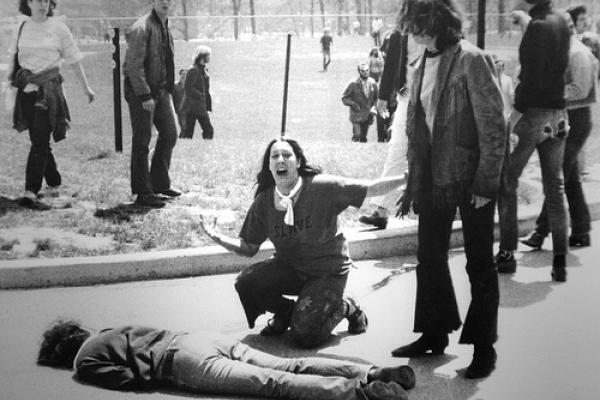May 4, 2012
May 4, 1970 -- 42 years ago today -- was the day protesting the war in Vietnam became serious.
On April 30, 1970 President Nixon had announced an invasion of Cambodia, seeking to destroy North Vietnamese and National Liberation Front operations in the border area. Protests spontaneously broke out at universities all over the country.
On May 4, National Guardsmen fired on a group of protesting students at Kent State University in Ohio, killing four and wounding nine. Jeff Miller, Allison Krause, Bill Schroeder, and Sandy Scheuer became casualties of the war. A presidential commission later concluded that the shooting was "unnecessary, unwarranted, and inexcusable."
Read the Full Article

Already a subscriber? Login
